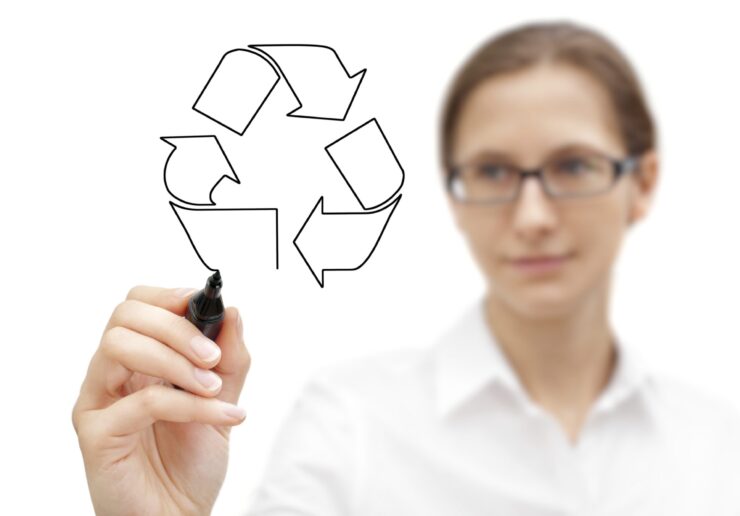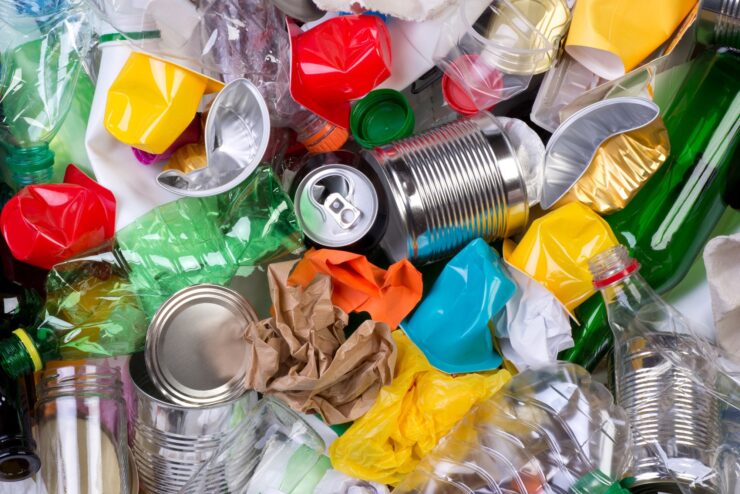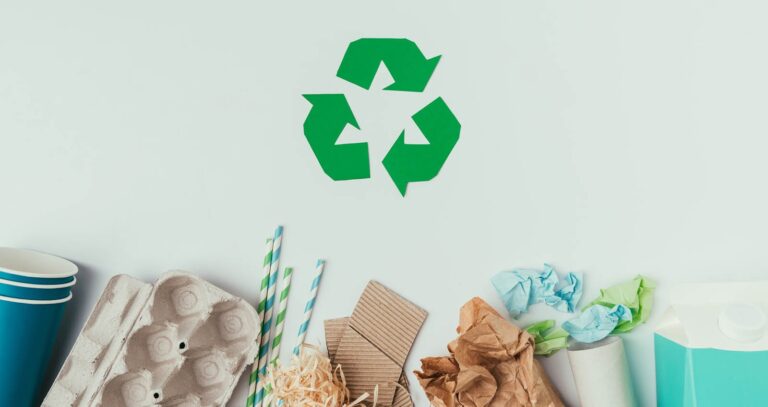In a world increasingly focused on sustainability, businesses and manufacturers are under growing pressure to ensure their products and packaging are recyclable. To make informed decisions about design, material choice, and waste reduction, a structured recyclability assessment methodology is essential. This blog explores what recyclability assessment is, why it matters, and how to conduct it step by step.
What Is a Recyclability Assessment?

A recyclability assessment evaluates whether and how effectively a product or material can be recycled. It considers factors such as material type, ease of separation, presence of contaminants, and availability of recycling infrastructure. This process helps companies identify which components of their products support a circular economy and which may need to be redesigned.
A robust recyclability assessment methodology follows a systematic approach, often guided by international standards, such as those published by the ISO or national packaging regulations. The goal is to ensure that materials can be successfully recovered and reprocessed at the end of their life.
Why Is Recyclability Assessment Important?
Understanding the recyclability of materials is critical for several reasons:
- Environmental Impact: Materials that cannot be recycled are more likely to end up in landfill or incineration.
- Compliance: Many countries now mandate extended producer responsibility (EPR), requiring businesses to report or manage the recyclability of their packaging.
- Brand Reputation: Sustainable practices resonate with environmentally conscious consumers.
- Cost Efficiency: Designing for recyclability can reduce waste management costs and improve resource efficiency.
Incorporating a recyclability assessment methodology into product development ensures environmental considerations are taken into account from the outset.
Step-by-Step Guide to Recyclability Assessment

- Material Identification
Start by listing all materials used in the product or packaging. This includes plastics, metals, paper, adhesives, inks, and coatings. Each material should be identified as precisely as possible (e.g., PET plastic vs. mixed polymers). - Compatibility Check
Examine whether the materials used are compatible with common recycling processes in your target markets. For example, some laminated materials may be difficult to separate, making them non-recyclable in practice. - Sorting and Separation Feasibility
Assess whether the product can be easily disassembled or sorted by recycling facilities. Products with mixed materials that cannot be separated may be rejected by recyclers. - Contaminant Analysis
Check for non-recyclable elements such as adhesives, food residues, or hazardous substances that may compromise the recycling process. Even recyclable materials may be discarded if contamination is high. - Infrastructure Evaluation
Determine if appropriate recycling infrastructure exists in the product’s end-use markets. A material might be technically recyclable but effectively unrecyclable due to lack of local facilities. - Scoring and Reporting
Assign a recyclability rating or score based on a recognised recyclability assessment methodology. Tools such as the UK’s OPRL (On-Pack Recycling Label) or WRAP’s recyclability frameworks can help inform this stage.
Moving Towards Circular Design
Adopting a formal recyclability assessment methodology helps companies take meaningful steps towards sustainability. It supports compliance with regulations, reduces environmental impact, and informs better design decisions. More importantly, it enables businesses to align with circular economy principles by ensuring that materials stay in use for as long as possible.
Would you like a downloadable checklist version of this guide for your website or clients?

